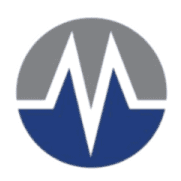QUALITY & PROFESSIONALISM COMBINED IN HEALTHCARE
ECG,EMG & EEG
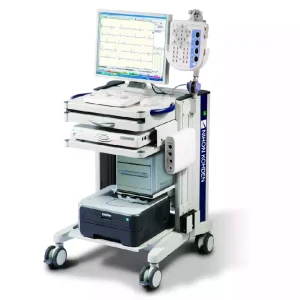
EMG is most often used to diagnose epilepsy, which causes abnormalities in EEG readings. It is also used to diagnose sleep disorders, depth of anesthesia, coma, encephalopathies, and brain death. EEG used to be a first-line method of diagnosis for tumors, stroke and other focal brain disorders.
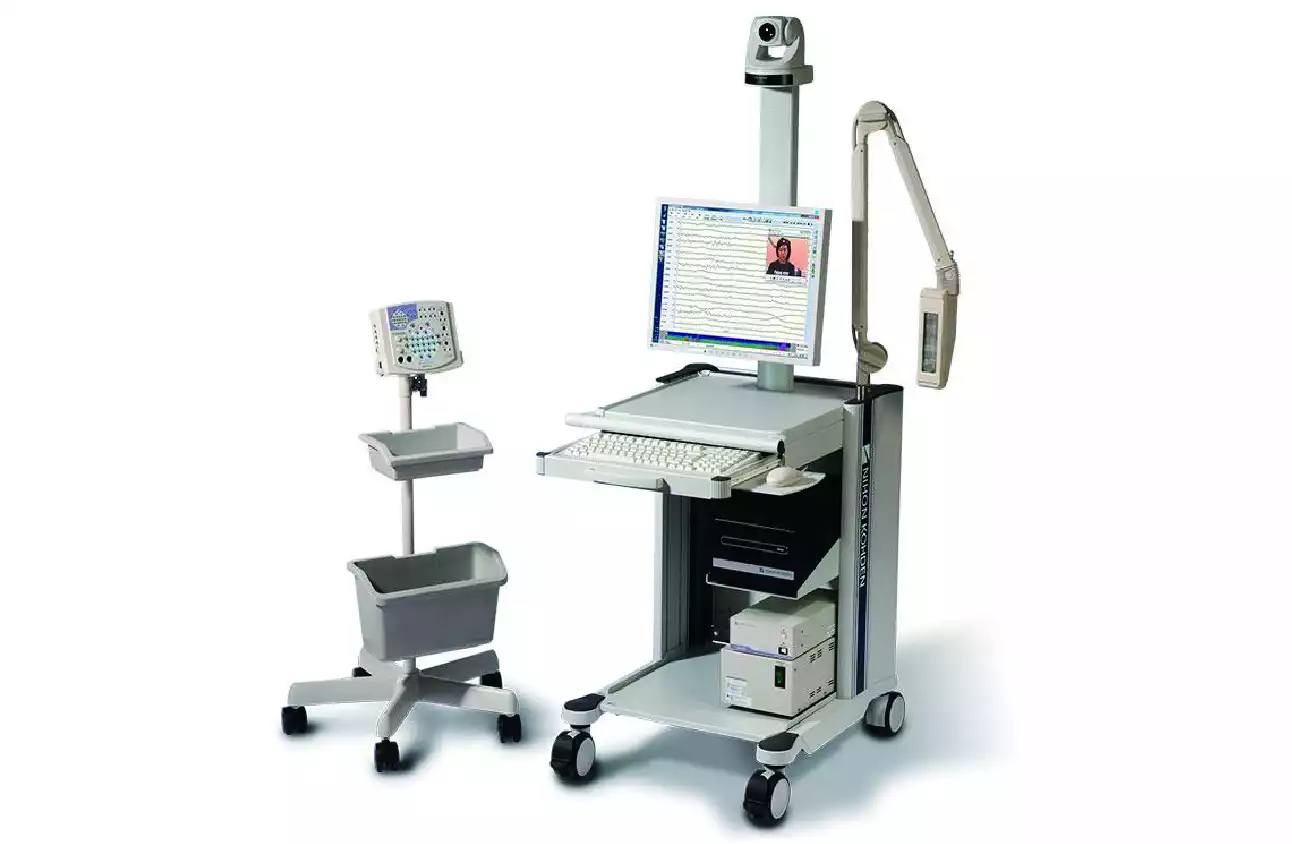
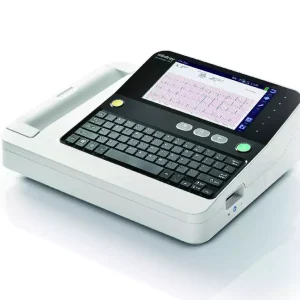
An electrocardiogram (EKG or ECG) is a test that checks for problems with the electrical activity of your heart. An EKG shows the heart's electrical activity as line tracings on paper. The spikes and dips in the tracings are called waves. The heart is a muscular pump made up of four chambers.
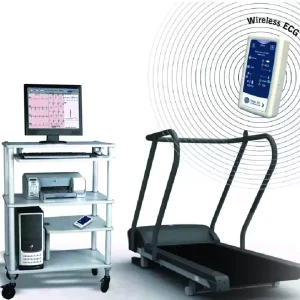
The exercise stress test -- also known as an exercise electrocardiogram, treadmill test, graded exercise test, or stress EKG -- is used most often. It lets your doctor know how your heart responds to being pushed
